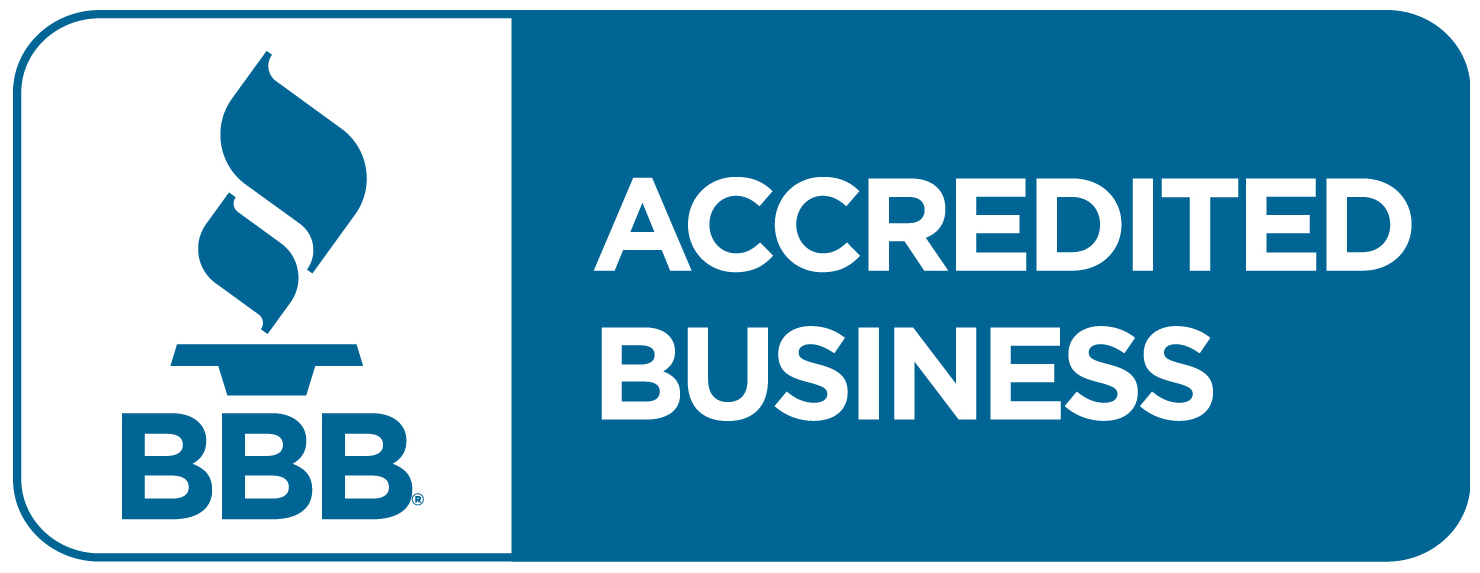See Also:
Common Stock
Company Valuation
Convertible Debt Instrument
Coupon Rate Bond
Covenant Definition of a Bond Contract
Non-Investment Grade Bonds (Unsecured Debentures)
A non-investment grade bond, also called a speculative bond, a high yield bond, an unsecured debenture, or a junk bond, is a bond that is considered a low quality investment because the issuer may default. Rating agencies have systems for rating bonds as investment grade or non-investment grade. Non-investment grade bonds offer higher yields than investment grade bonds to compensate for the greater risk.
High Yield Debt (Junk Bonds)
High Yield Bond Ratings
Credit rating agencies rate bonds based on the creditworthiness of the issuer. A bond is given a grade. Rank the grades like this: AAA, AA, A, BBB, BB, B, CCC, CC, C, and at the bottom is D.
The highest quality corporate bonds will have a rating of AAA. The lowest quality bonds are rated D, or already in default. Anything rated BBB or above is investment grade. Anything rated BB or below is non-investment grade. Different rating agencies may use different variations of the above rating system. For example, an agency may include plus (AA+) and minus (BBB-) signs to add levels to the rating system.
Junk Bond Yields
Junk bonds return higher yields than high-quality bonds. The higher yield compensates the investor for the greater risk associated with the lower quality investment.
Junk Bond Index
A junk bond index tracks the performance of non-investment grade bonds.
Junk Bond Trader
A junk bond trader is an individual who trades non-investment grade bonds in the marketplace.
Junk Bond Fund
A junk bond fund is a mutual fund or an exchange-traded-fund (ETF) comprised of non-investment grade bonds. Junk bond funds are convenient financial instruments for investing in high yield bonds.






















